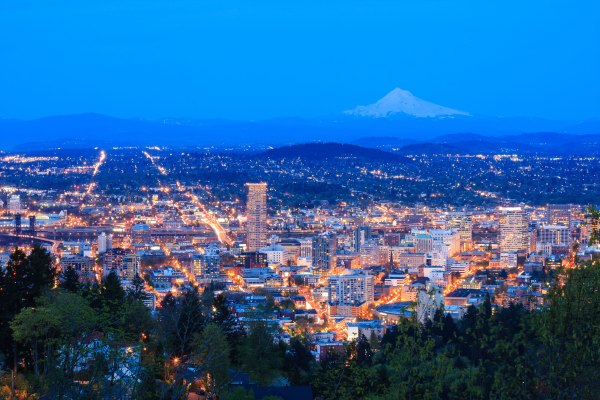As someone who has worked in technology his entire adult life, I can say the following with complete conviction:
Somewhere at this moment a young entrepreneur is developing a product, service or business model that will transform the way our world thinks, works, plays, communicates, dates, sleeps or wakes up the day after. He or she doesn’t live in the Valley and probably has no intention of ever moving there.
How do I know this? Growing up in Eugene, Oregon, I played on a high school basketball team with Brian O’Kelley, the inventor of programmatic digital advertising and co-founder of AppNexus.
Not all great ideas are born in Northern California, and not all great companies are headquartered there, either. If technology is the driver of the twenty-first century economy, it is also the great, untapped resource for countless towns and cities.
If you’re a municipal leader looking to diversify your city’s economy, or the chancellor of a university hoping to expand your school’s computer science program (and thereby raise its profile as a startup incubator), you need to find ways of attracting entrepreneurs to your city.
Why? Because meaningful inventors create dynamic economies from scratch. Bringing a game-changing entrepreneur to your city can provide the anchor you need to turn your city into a self-sustaining tech hub.
As things stand currently, the Valley has an outsized advantage in its talent pool and access to venture capital. But success in the Valley doesn’t come without its markups. You won’t be able to start up a new Apple computer in your Los Altos garage unless you can afford to pay $2.8 million for the house with which the garage is associated (the median home value.) You’ll probably have to pay your first employees at least $116,000 — the average starting salary in tech — because they’ll need to earn enough to pay the $2,300/month median rent for a one-bedroom apartment in Menlo Park (where Facebook is headquartered).
So how does Chicagoland, Cuyahoga County or Tulsa reinvent itself as a tech magnet capable of beating Silicon Valley at its own game?
How can you attract and retain a community of top-notch tech talent?
My recommendation might sound easy, though in practice it’s anything but: American cities need to find ways of developing a “full stack” of tools for power tech incubation. That means exceptional STEM educational programs at the K-12 level; a business climate and tax regime that incentivizes small businesses to bring their amenities (bars, restaurants, theaters) to town; and a recognition that the public sector is chiefly responsible for making the fundamental investment in infrastructure (good transportation, superior schools, environmental safeguards) that attracts tech entrepreneurs.
Ask yourself one question: How can you attract and retain a community of top-notch tech talent? Because that’s what most tech professionals are searching for more than anything else: an intellectual community.
Fortunately for tomorrow’s tech elite, it’s no longer a case of “Silicon Valley or bust.” Take a look at cities like New York, Austin, Boulder, Portland, Los Angeles, Philly and Baltimore and you’ll find a thriving tech scene in each of these places. The emergence of better video conferencing tools and collaboration software — and of professional training centers like Khan Academy, Codecademy, Code.org and Treehouse — has made it possible to build world-class tech companies in unlikely places.
But in order to attract that talent, you ought to start planning now. According to a new study by the Bureau of Labor Statistics (BLS), an estimated 1.4 million new tech jobs will be created by 2020 in the U.S. alone. By contrast, the same study shows only 400,000 American students will graduate with the STEM skills required to fill those vacancies. In other words, we’re now staring at a deficit of around one million unfilled tech jobs in four years’ time.
It’s an incredible opportunity for STEM professionals seeking to enter a market. But we shouldn’t neglect the standpoint of the “sellers” — those cities looking to attract top tech talent.
Tech professionals are monumentally picky about where they choose to make their home. By showcasing some of the cities where tech talent actually is being drawn beyond the confines of the Valley, and by showcasing cities that are already on their way (if not, in fact, already there) toward going head to head with Silicon Valley and winning, my hope is that even more American cities will follow suit.
